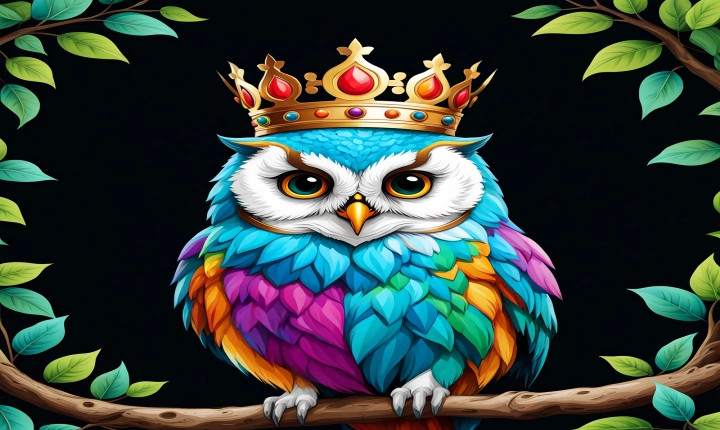Artificial intelligence (AI) has made significant progress in recent years, particularly in the field of image generation. It has become possible to create stunning and realistic images using AI algorithms, opening up a world of possibilities for artists, designers, and developers. In this article, we will explore how to create an AI-generated image using popular methods and tools.
One of the most widely used techniques for AI image generation is the use of Generative Adversarial Networks (GANs). GANs consist of two neural networks – a generator and a discriminator. The generator network creates fake images, while the discriminator network tries to distinguish between real and fake images. Through repeated iterations, the two networks compete with each other, resulting in the generation of highly realistic images.
To create an AI-generated image using GANs, here are the basic steps:
1. Data Collection: The first step in creating an AI-generated image is to collect a large dataset of images that will be used to train the GAN. The quality and diversity of the dataset will directly impact the quality of the generated images. There are various online repositories, such as ImageNet and COCO, where you can find a wide variety of images for training.
2. Preprocessing: Once the dataset is collected, it needs to be preprocessed. This involves tasks such as resizing, normalization, and augmentation to ensure that the images are suitable for training the GAN.
3. Training the GAN: The next step is to train the GAN using the preprocessed dataset. This involves feeding the images into the GAN and allowing it to learn the underlying patterns and features of the images. Training a GAN can be computationally intensive and may require specialized hardware such as GPUs for faster processing.
4. Generating Images: After the GAN has been trained, it can be used to generate new images. By providing random noise as input to the generator network, the GAN can produce images that closely resemble the images in the training dataset.
Several frameworks and libraries are available for working with GANs, such as TensorFlow, Keras, and PyTorch. These tools provide the necessary building blocks for creating, training, and evaluating GANs for image generation.
In addition to GANs, other methods such as variational autoencoders (VAEs) and deep convolutional neural networks (CNNs) can also be used for AI image generation. VAEs are capable of learning a compact representation of images, which can be used to generate new images by sampling from the learned distribution. CNNs, on the other hand, have been widely used in image recognition tasks and can also be adapted for image generation.
As AI image generation continues to advance, the applications are broad and diverse. From generating realistic human faces to creating stylized artwork, AI-generated images have the potential to revolutionize various fields. Moreover, the ability to generate images using AI can also aid in data augmentation for training machine learning models, creating synthetic datasets for research, and enhancing creative workflows for artists and designers.
In conclusion, creating AI-generated images involves collecting a diverse dataset, training a GAN or other neural network, and generating new images. With the increasing accessibility of tools and frameworks for AI image generation, individuals and organizations can leverage these technologies to unlock new creative possibilities and push the boundaries of visual expression. As AI continues to evolve, the potential for generating highly realistic and captivating images is only set to grow.
